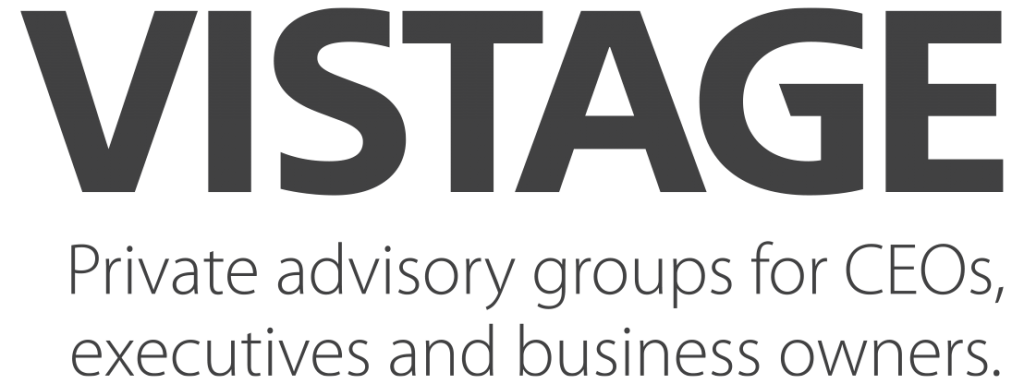
We often hear talk about mergers and acquisitions in the current economic environment. Minimal energy is spent talking about strategic alliances and collaborations. The truth is that there’s a wide continuum that business leaders can use when deciding how to work with another organization. Not every strategic partnership needs to end up in a joint venture, merger, or acquisition. In fact, I would argue that often, a simple alliance between two or more organizations to work together can be just as effective while maintaining each other’s independence.
What does it mean to collaborate? One definition states, “it is a mutually beneficial well-defined relationship entered into by two or more organizations to achieve common goals. Collaboration is the process of various individual groups or systems working together but to a significantly higher degree than through coordination or cooperation. Collaboration typically involves joint planning shared resources and joint resource management.”
Another definition states that collaboration is “a process in which two or more entities work together to achieve their independent and collective interests through a joint problem-solving process.” I also like the definition of an alliance as “a union or association formed for mutual benefit, especially between countries or organizations…a relationship based on an affinity in interests, nature, or qualities…the state of being joined or associated”
I often think the biggest mistake that leaders make is to think that business is a zero-sum game. They take the scarcity approach to their marketplace and their customers. I’ve always believed this is short-sighted. One of your key jobs as a leader is to surround yourself with good people both internally and externally. If you can stitch together a strong network of alliances that maximize your value chain and play to your specific strengths, then you will not only increase your bottom line but will grow your top line as well. There is power in leverage, coordination, and cooperation.
Here are some tips on how to collaborate/align effectively with one or more organizations (even your clients):
- Establish a clear “why” upfront and what the end objective should accomplish.
- Be highly selective in who you work with; Do your partner due diligence and make sure there is a “values” fit.
- Know and communicate your non-negotiables.
- Build a common definition of success with key performance indicators to track your ongoing progress.
- Leave no ambiguity about how the rewards of the partnership will be split.
- Be transparent with critical information and “who” is responsible for reporting ‘what” and “when.”
- Be clear upfront about the rules of engagement; establish effective boundaries.
- Have a conflict mediation/resolution process in place before you get started and use it if needed.
- Identify and leverage complementary and supplementary core competencies; Play to each other’s strengths and minimize individual partner’s weaknesses.
- Actively work on professional relationships; communicate often and well.
- Learn how to speak each other’s language.
- Have an exit strategy, and plan on when to execute it.
- Celebrate successes (together).
I hope you investigate the potential for strategic alliances and business collaborations in your marketplace. They can be as loose or tight as you deem necessary. They can be formed for the short-term around specific opportunities or can be a longer-term strategic initiative. You might even collaborate with friendly competitors you respect to fend off dysfunctional behavior by other market participants. The opportunities are boundless if you get your head wrapped around the concept. Silicon Valley for years has been using partnership ecosystems to accomplish remarkable things. Why not your company?
Related Articles/Tools:
- Partnership Screening Criteria (capacity-building.com)
- Limit Your Casualties and Maximize Your Allies (capacity-building.com)
- Leveraging Others Makes a Big Difference (capacity-building.com)
